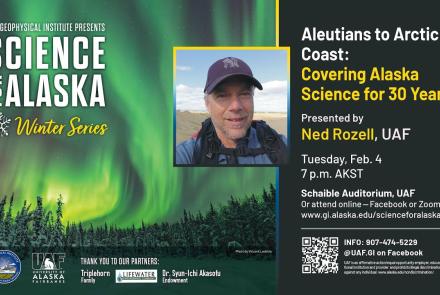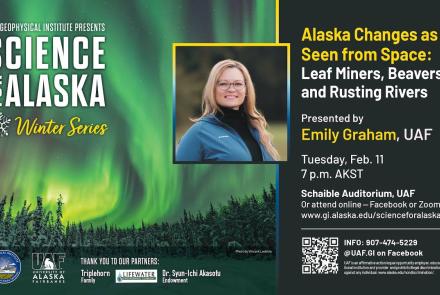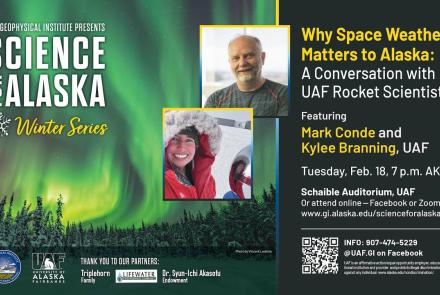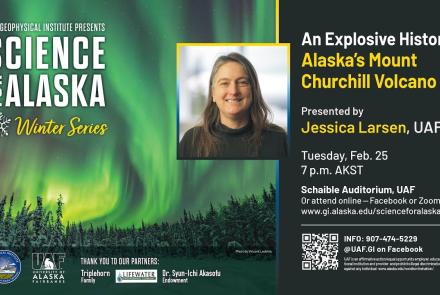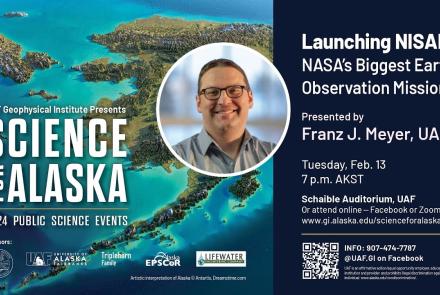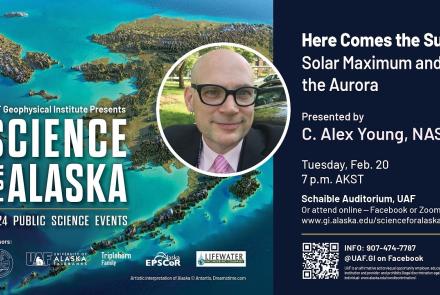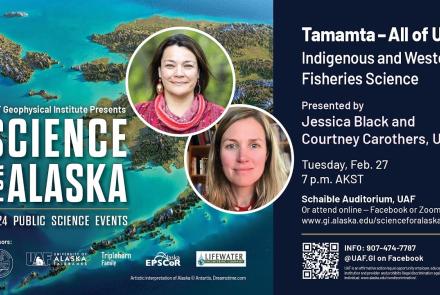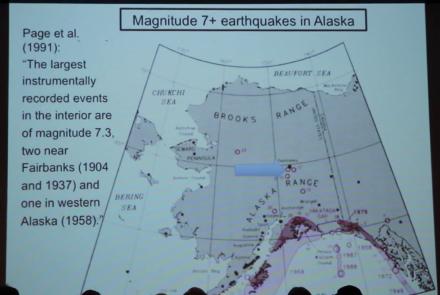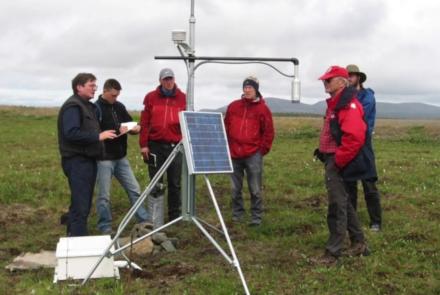The Chicxulub impact and the dawn of a new era
(The 2018 lectures will be held at the Raven Landing Center, 1222 Cowles Street, across from the Noel Wein Public Library.)

Professor of Geology
UAF-GI
Sixty-six million years ago, an asteroid a little larger in diameter than downtown Fairbanks smashed into the Yucatan Peninsula, Mexico. This caused one of the greatest upheavals recorded in Earth history, the Cretaceous-Paleogene extinction event. The impact led to the loss of 75 percent of all species on Earth, including the most charismatic of megafauna, the dinosaurs. In May 2016, the International Ocean Discovery Program/ International Continental Drilling Program recovered a new core from the impact crater, Chicxulub (Cheek-zoo-lube), created by the asteroid. In this talk, we will explore the ways that the impact event affected the Earth’s crust to produce a 125-mile-wide crater with a circular ring of mountains around its center. We’ll also investigate the types of deposits left by the impact and subsequent tsunami that reverberated around the Gulf of Mexico and the evidence for recovery of life in the crater. The Chicxulub impact marks the dawn of a new geologic Era as the giants of the Mesozoic fell, making way for the rise of mammals in the Cenozoic.

